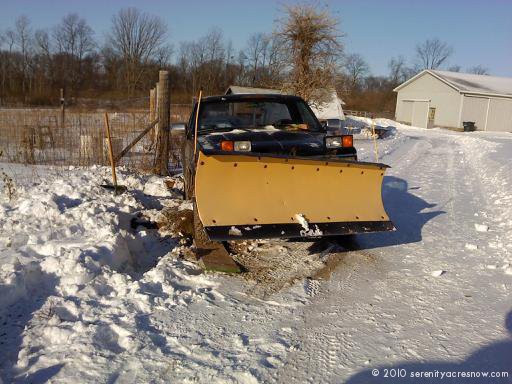
Tuesday, the sun is shining, but the air is cold and the snow is deep. I managed to get our pickup truck stuck really well last night after sliding off of the driveway, and poor George was in the cold and dark for a couple of hours making a valiant effort to dig it out by hand last night. But I had managed to beach it on some utility poles we have on the ground off to the side of the driveway, which were stuck up underneath the frame rails of the truck, preventing the wheels from reaching the ground, so it was not budging. We don’t have another vehicle capable of pulling it out of there, so my brother Dave very kindly came over today and used his own truck with a come-along and chain, to give us a rescue. Have I mentioned that Dave is awesome? Well, it doesn’t matter if I already have. I’ll say it again: he’s awesome! I feel like a yutz, but what can you do? Even though the driveway is plowed, there’s a nice ice pack going on there, and so, here we are. I’m definitely choosing a slower pace with the truck from now on.
Needless to say, today’s events were not what we had planned nor hoped for, but that’s life sometimes, and so, you roll with the punches, and work around the problems. It’s difficult enough to make it through life without that sort of adaptability, and it would be impossible to do without it when you are running a farm. With that in mind, we’ve been having quite a bit of conversation and contemplation about where things are headed for us in 2011, and after mulling it over, we’ve realized that it’s simply impractical for us to raise turkeys this year.
We would like to be able to do it, but the logistics just aren’t going to work right now. We want to be able to pasture any of our animals, and to do that with turkeys, we would need to construct large “tractor” structures that are used portably around the property. Heritage turkeys take about thirty weeks to mature to slaughtering size, and that’s a long time to be needing to move those large structures around the property, and I’d need to do most of it myself during the day. With ducklings and baby goats on their way at the end of March/start of April, we are going to have our hands full already, so it wouldn’t be fair to bring in more animals that have their own specific housing and health needs that we are concerned about being able to meet. Additionally, the abbatoir is almost an hour away – we’re not sure how we can get all of those birds transported at that distance without stressing them out, because we’d really have to pack them in. Basically, we’ve recognized that we don’t have the infrastructure in place to be able to accommodate them in a manner that we believe necessary.
That’s part of farm life, as we are learning: recognizing what you realistically can accomplish while still adhering to the standards you’ve set for yourself. Hard choices, to be sure. We’re disappointed, but looking toward what we can do instead. One thing we are considering is raising some meat chickens on pasture. “But how is that any different than turkeys?” you might ask. Well, there are a number of differences:
- Time Requirement: meat chickens only take about 8-11 weeks to come to maturity.
- Housing Needs: while we’d still need to build some portable “tractor” structures for them, chickens are smaller birds, and therefore, the structures scale accordingly, and will be easier to move around.
- Familiarity: yes, turkeys are poultry, but they are different than chickens, with different needs. Over the past year, we’ve become really attuned to the needs of chickens.
- Processing Logistics: According to my research thus far, we would be able to process the chickens here on the farm under the federal exemption for small processors. No need to travel with the birds for processing.
- Broader Appeal: We eat more chicken than we do turkey. Turkey tends to be a winter holiday meal for us, not something we eat frequently. We think we are probably not alone in this.
I’m continuing to research this, and we haven’t fully committed to the idea just yet. But I will say, our desire for our own supply of clean, compassionately raised, Campylobacter-free chicken meat is a big driving force behind the idea.
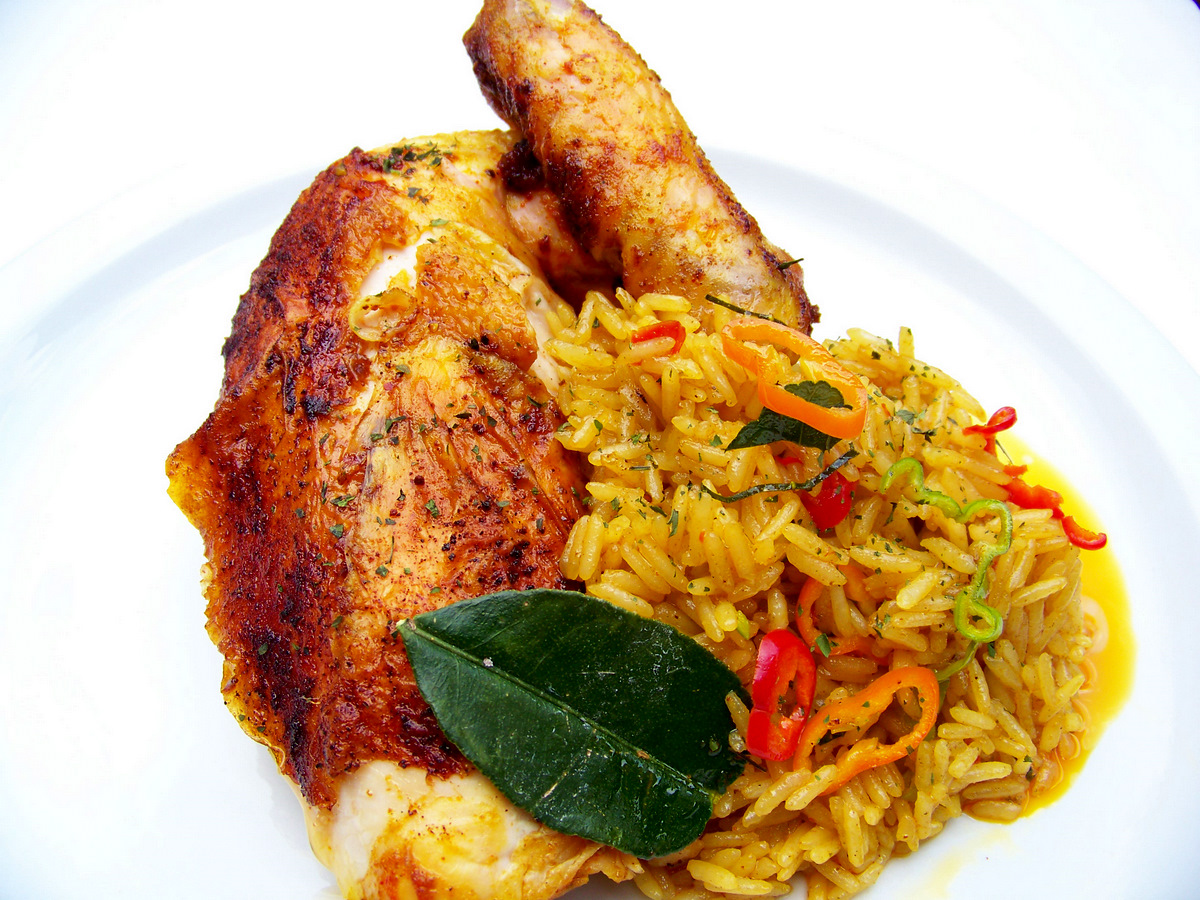 I mean, look at this lovely Thai-Spiced Roast Chicken dinner, as featured on the Edible Aria blog, made with pastured chicken. (Click on the photo to embiggen it, but be warned, drooling may occur.) My mouth is watering, big time. I want to be able to make a meal like that and know that the chicken didn’t come out of a confinement factory warehouse that abuses not only the animals in it, but the people who work there, the land it is on, the neighbors around it, and ultimately, my family and I, because an animal that is stressed its entire life doesn’t make for “Good Eats.” (To borrow a phrase from Alton Brown.)
I mean, look at this lovely Thai-Spiced Roast Chicken dinner, as featured on the Edible Aria blog, made with pastured chicken. (Click on the photo to embiggen it, but be warned, drooling may occur.) My mouth is watering, big time. I want to be able to make a meal like that and know that the chicken didn’t come out of a confinement factory warehouse that abuses not only the animals in it, but the people who work there, the land it is on, the neighbors around it, and ultimately, my family and I, because an animal that is stressed its entire life doesn’t make for “Good Eats.” (To borrow a phrase from Alton Brown.)
Because the time commitment for raising meat birds is not as lengthly as turkeys, we can choose to do this once we’ve gotten through the other major events of the spring. Of course, once we decide whether or not to do it, the next question will be which breed to use.
You may or may not realize that grocery-store chicken breed with which we’ve become familiar over the past few decades is called a “Cornish Cross.” This bird has been selectively bred over the years such that it comes to full weight in less time than a heritage breed, and it grows a huge double breast (those boneless/skinless chicken breasts we’ve come to expect.) These birds grow at an exponential rate – I’ve been told that they will double in size literally overnight – and as such, they are prone to health issues sometimes, such as heart attacks, legs collapsing, etc. From the reading I’ve done, those problems do seem more common in the industrial/factory settings, where the birds are particularly stressed. While they are not capable of free-ranging as broadly as heritage birds, they are used in many pastured operations. Polyface Farms, the pioneer of pastured poultry, does use this breed in their operation, and it is due to customer demand. They have tried some heritage breeds, red broiler type birds, that do not come up to weight as quickly, and are more capable of free-ranging, but customers did not respond well to the texture, flavor, and breast size of those birds.
Now, if you look at some of the other pastured poultry operations, they swear by the red broiler type for its superiority. The French government even has an official “Label Rouge” to designate animals that have been raised in a way that protects their welfare, and the environment. Since the Cornish Cross (or Cornish X, an interchangeable term) is often a visual reminder of everything that is wrong about factory farming, many lean toward the red broiler. But these breeds do take longer to come up to weight (sometimes resulting in darker, tougher meat) and do not have the large breasts we are used to seeing from the grocer.
Really, it comes down to, what are we going to want to eat? I’m of the mindset that we can provide a more humane life for the Cornish X birds than they would otherwise have. But I’d also like to know what I’ve been missing – the French are pretty darn clever about food, and so perhaps they are onto something! I’m personally leaning toward raising a batch of each breed if we decide to do this – giving us the opportunity to try each and decide for ourselves.
What do you think? Would you be interested in meat birds if we were able to raise them on pasture and process them, all right here on the farm? Would you have a preference as to the breeds? We’d love to hear your thoughts on this, after all, we are not just aiming to serve our own needs – we want to provide others with good things to eat, too. Knowing what you would like is important to us, so please share your thoughts in the comments. Thanks!
We hope you enjoy this blog and the antics of our farm. Please check out our fan page on Facebook and “like” it for special updates there, and if you use Twitter, by all means, please add us so we can tweet with you!


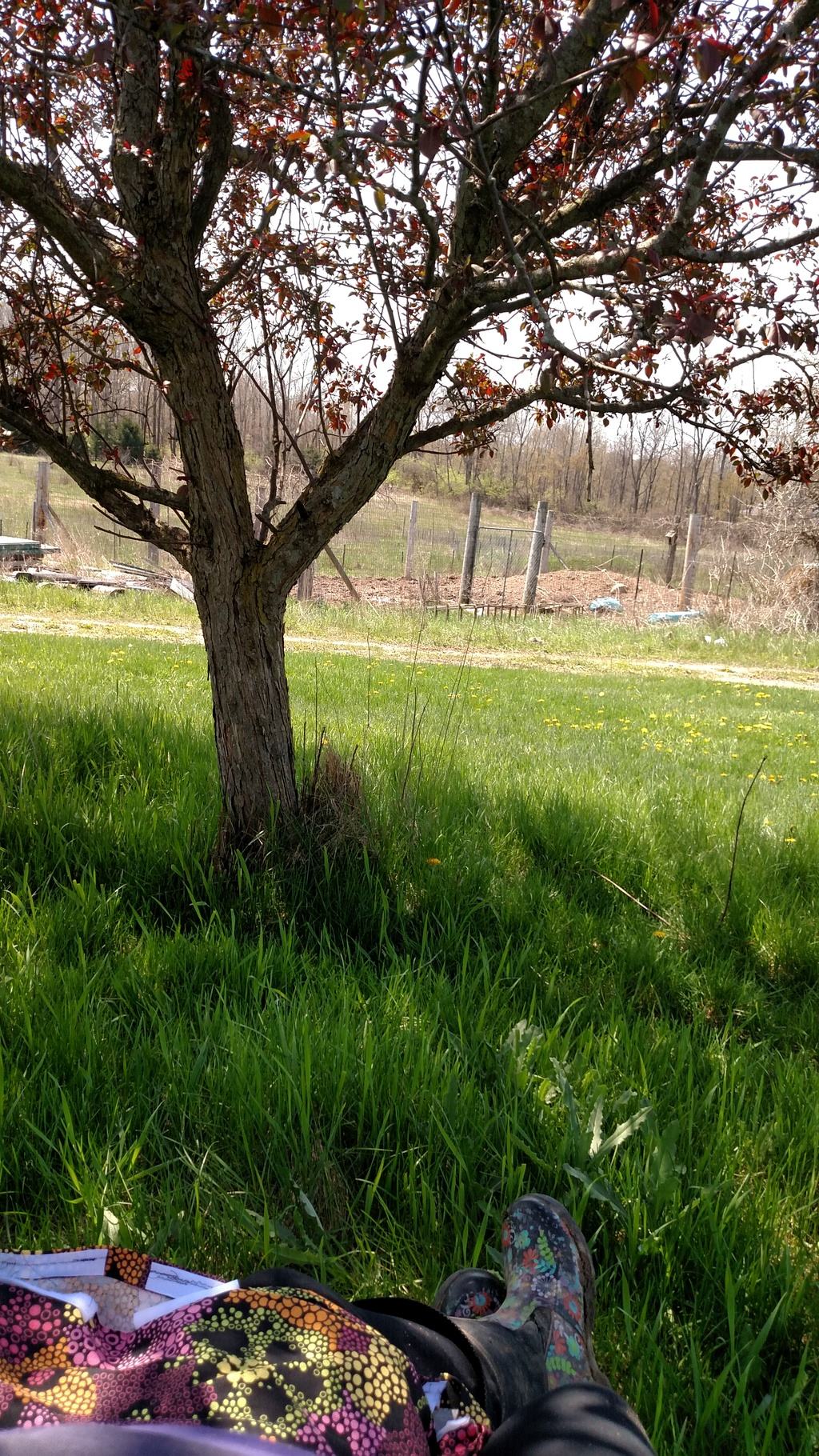
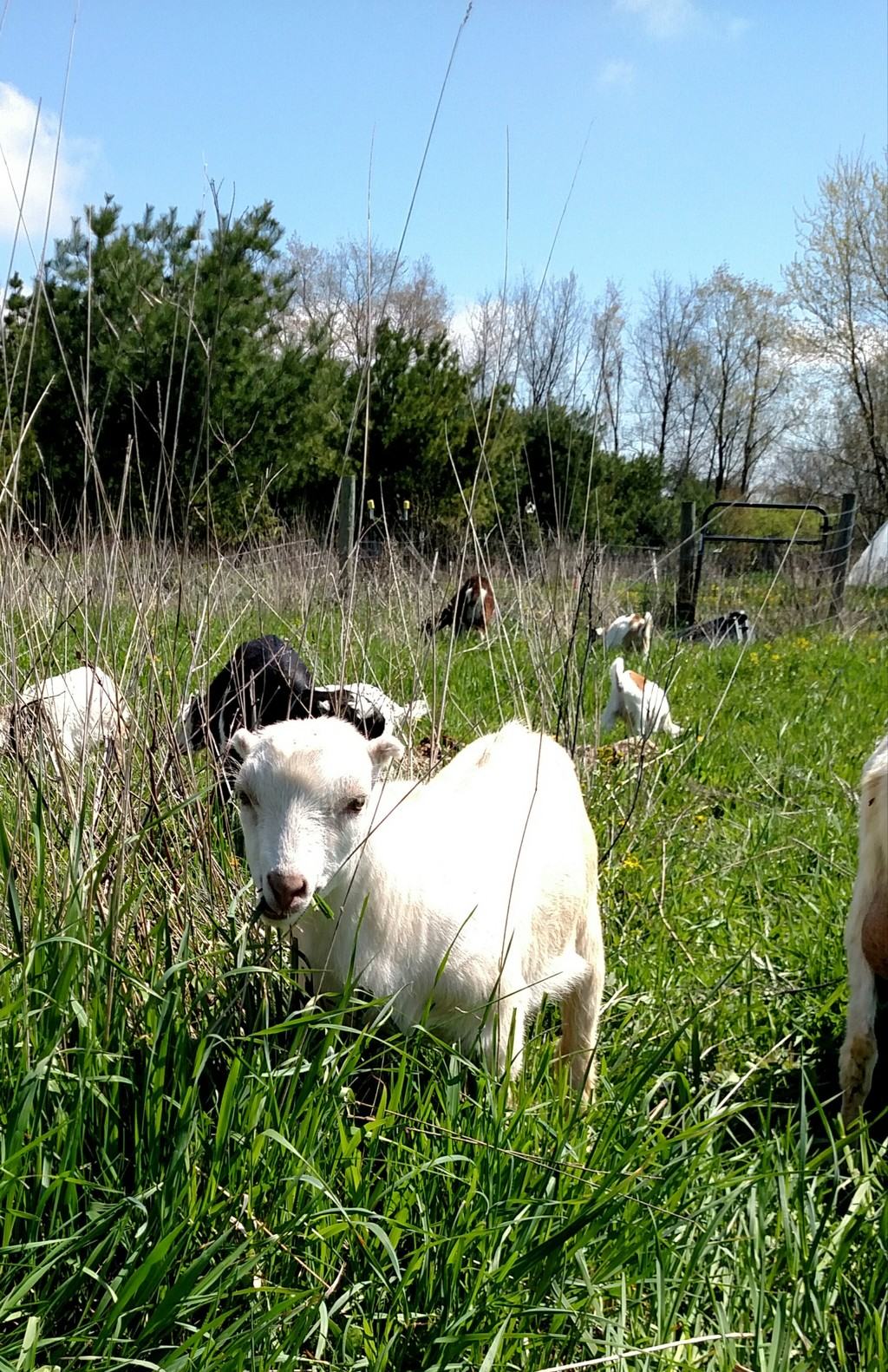
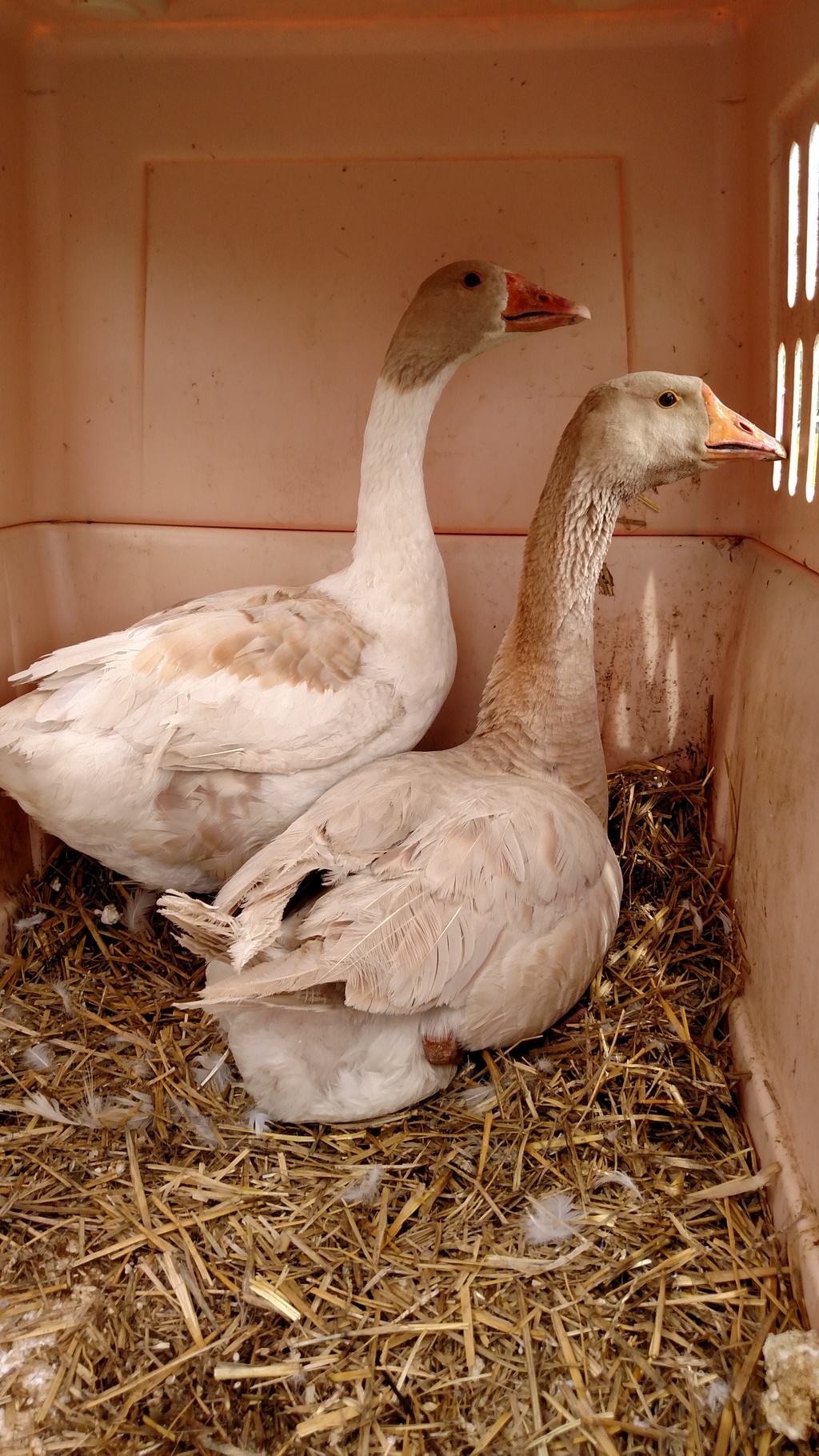
Leave a Reply